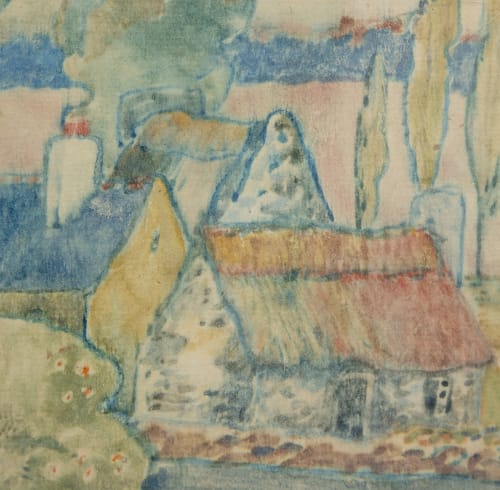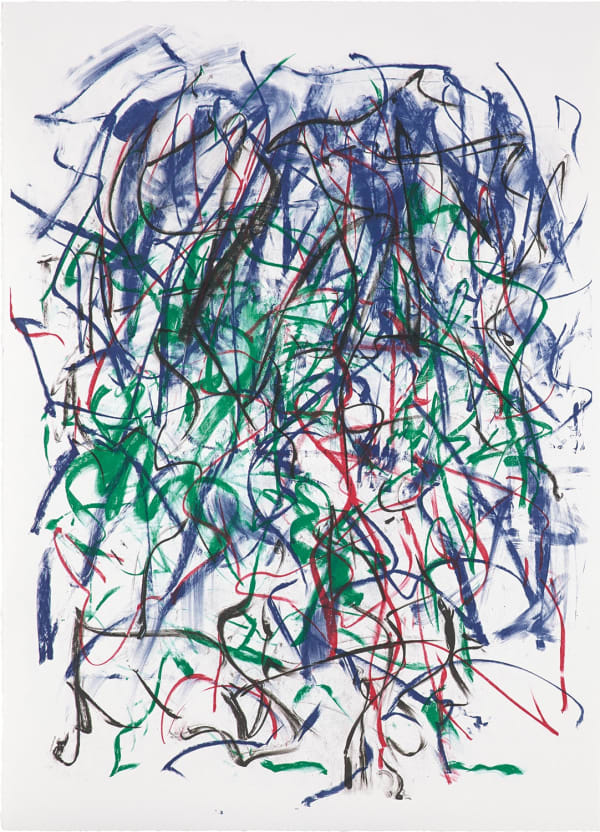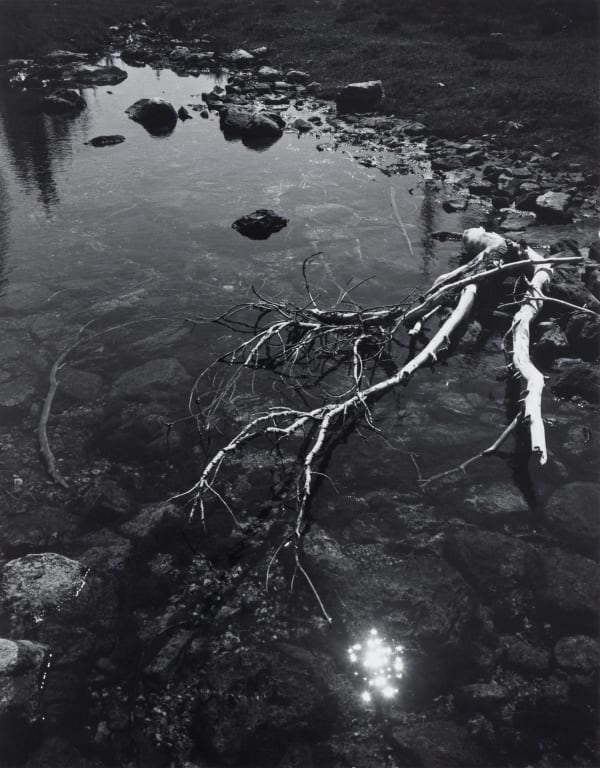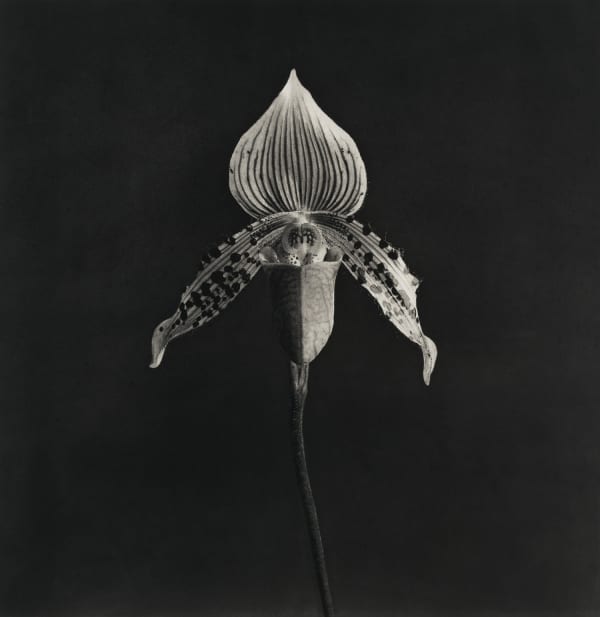Paul Gauguin (1848, Paris, France – 1903 Marquesas Islands, French Polynesia) is a Post-Impressionist artist acclaimed for his experiments in color and form as well as his interest in living a lifestyle away from the large metropolis, which he expressed in his paintings, prints, ceramics, and sculptures. Gauguin initially worked as a stockbroker before embarking on an artistic career as a result of an interest in Impressionism. He struggled to make ends meet and traveled to Brittany in pursuit of a more frugal life, wherein he began to depict the peasants and natural landscape of the area. The artist then sailed to Martinique and began his first experiments with non-mimetic color. He returned to Brittany in 1888 and became a mentor to many artists there, whom he encouraged to paint from emotion rather than observation. In 1891, he traveled to Tahiti for the first time as part of his continuing desire to live a life pared down to its essentials. He began to title his works in Tahitian, utilize Oceanic iconography, and portray the landscapes and native Tahitians in an idyllic fashion. Gauguin came to prominence posthumously and is today celebrated as a precursor of Modernism.
-

Seeing Nature
Art Plugged, May 21, 2021 -

Seeing Nature. Online Viewing Room: Subjectivity and Reflection
KRYSSTELL MARÍN, Metalocus, May 9, 2021 -

Contemplando la naturaleza en Zeit Contemporary Art
Ana Robledano Soldevilla, Ars Magazine, May 4, 2021 -

Zeit Contemporary Art Explores the Captivating Power of Nature in Art
Artfixdaily, April 28, 2021






